The bench press is a staple in nearly every strength training program—for good reason. It’s one of the most effective upper-body exercises for developing the chest, shoulders, and triceps. But while most lifters focus on one-rep maxes, training the bench press for reps offers unique benefits: muscular endurance, hypertrophy, and improved control throughout the lift.
Whether you're an intermediate lifter looking to increase volume or a beginner learning how to manage sets and fatigue, refining your bench press rep strategy is key to unlocking better gains and reducing the risk of injury.
Why Train the Bench Press for Reps?
Working the bench press in the 8–15 rep range helps target muscular hypertrophy, which is essential for building size. This approach isn’t just for bodybuilders—athletes across disciplines use high-rep bench press sets to condition their pushing power, strengthen stabilizer muscles, and improve time under tension.
When done correctly, bench press for reps also trains mental toughness and reinforces proper technique under fatigue. You’ll learn how to grind through the final few reps with solid form, rather than relying on momentum or risking a failed lift.
Key Tips for Better Bench Press Reps
1. Control the Tempo
Avoid bouncing the bar off your chest. Lower the bar slowly (about 2–3 seconds), pause slightly at the bottom, then press it back up with intention. This control not only protects your shoulders but also maximizes muscle engagement.
2. Focus on Range and Symmetry
Don’t cheat yourself by cutting reps short. Touch the bar to your chest and fully extend your arms at the top. Use mirrors or a spotter to monitor for uneven pushing—a common issue when fatigue sets in.
3. Choose the Right Weight
To get meaningful volume, use a load that challenges you but still allows clean reps. As a rule of thumb, choose a weight that leaves you with 1–2 reps in the tank for each set.
4. Rest Strategically Between Sets
If you’re training in higher rep ranges (10–15), rest about 60–90 seconds between sets to maintain intensity. For moderate reps (6–10), rest 90 seconds to 2 minutes.
5. Track Your Rep Quality
Not all reps are created equal. It's better to do 8 perfect reps than to force 12 sloppy ones. Keep a log of how your reps feel—bar speed, form, and fatigue—all give insights into when to progress or dial back.
Personal Note: The Turning Point in My Bench Progress
Years ago, I plateaued chasing a higher one-rep max, constantly grinding through heavy singles with little to show for it. The breakthrough came when I shifted my focus to volume—working sets of 10–12 with laser focus on form and bar path. My shoulders felt healthier, my chest grew noticeably, and—ironically—my one-rep max eventually increased as well. Training the bench press for reps didn’t just change my numbers; it changed how I approached strength training altogether.
Sample Bench Press for Reps Routine
Here’s a simple routine to build size and endurance:
-
Flat Barbell Bench Press – 4 sets of 10–12 reps
-
Incline Dumbbell Press – 3 sets of 10–15 reps
-
Paused Bench Press – 3 sets of 6–8 reps (2-second pause at the bottom)
-
Push-Ups – 2 sets to near failure
Use this routine once a week as part of a balanced upper-body training split. Focus on consistency and recovery between sessions.
Final Thoughts
Training the bench press for reps builds more than just muscle—it develops grit, consistency, and control. Whether your goal is size, strength endurance, or simply to move better under load, this approach offers lasting rewards. Stick with it, train smart, and over time, you’ll feel the difference in every press.


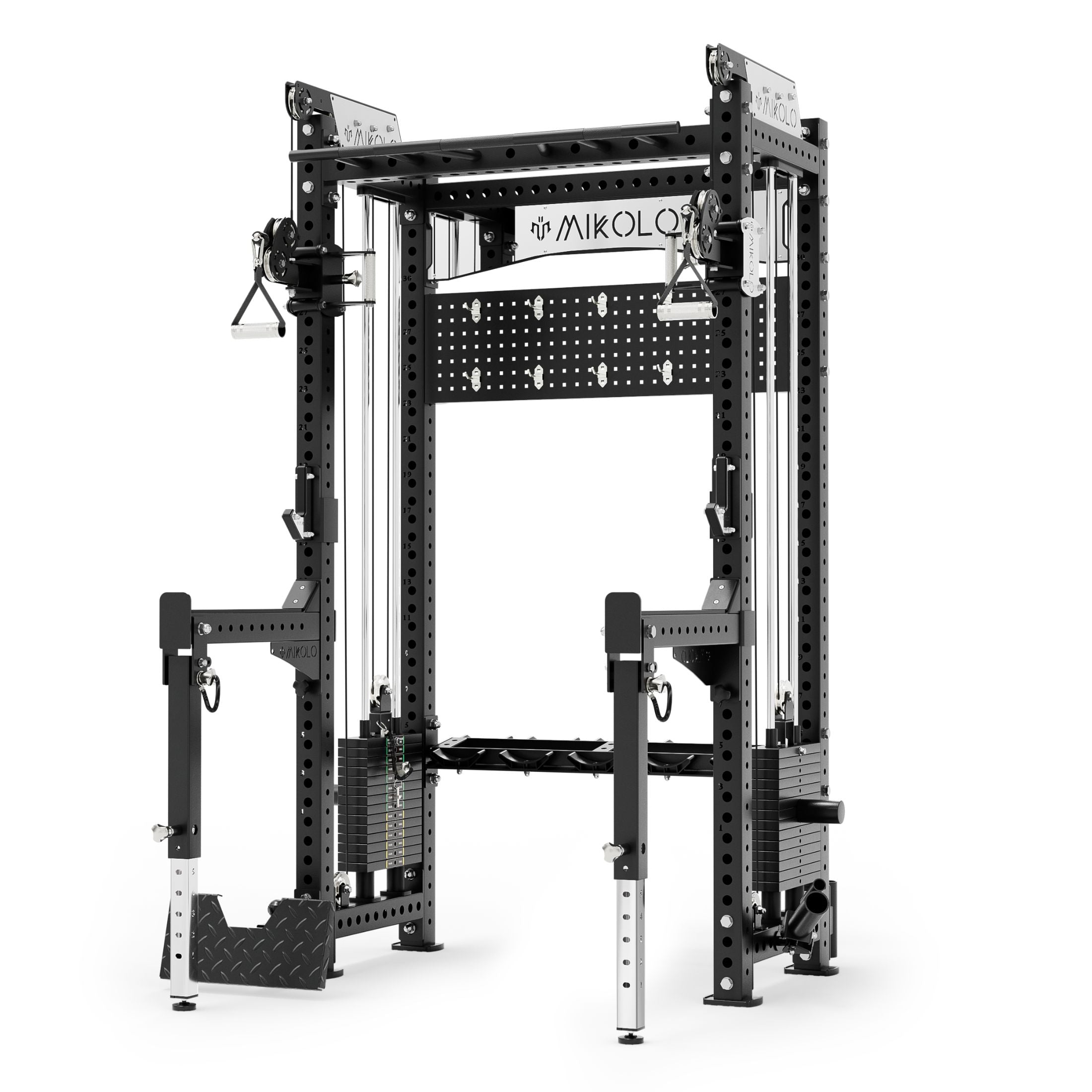
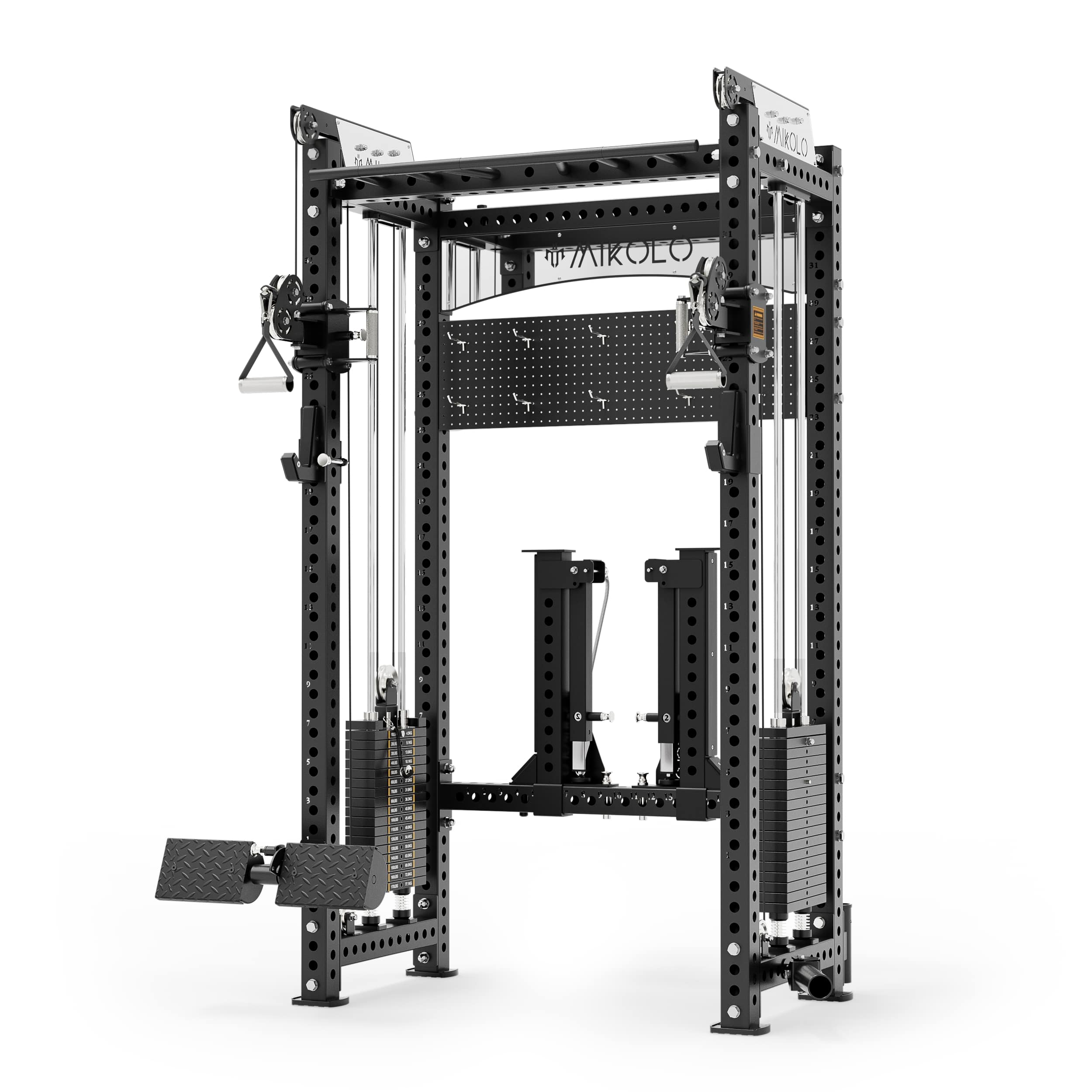
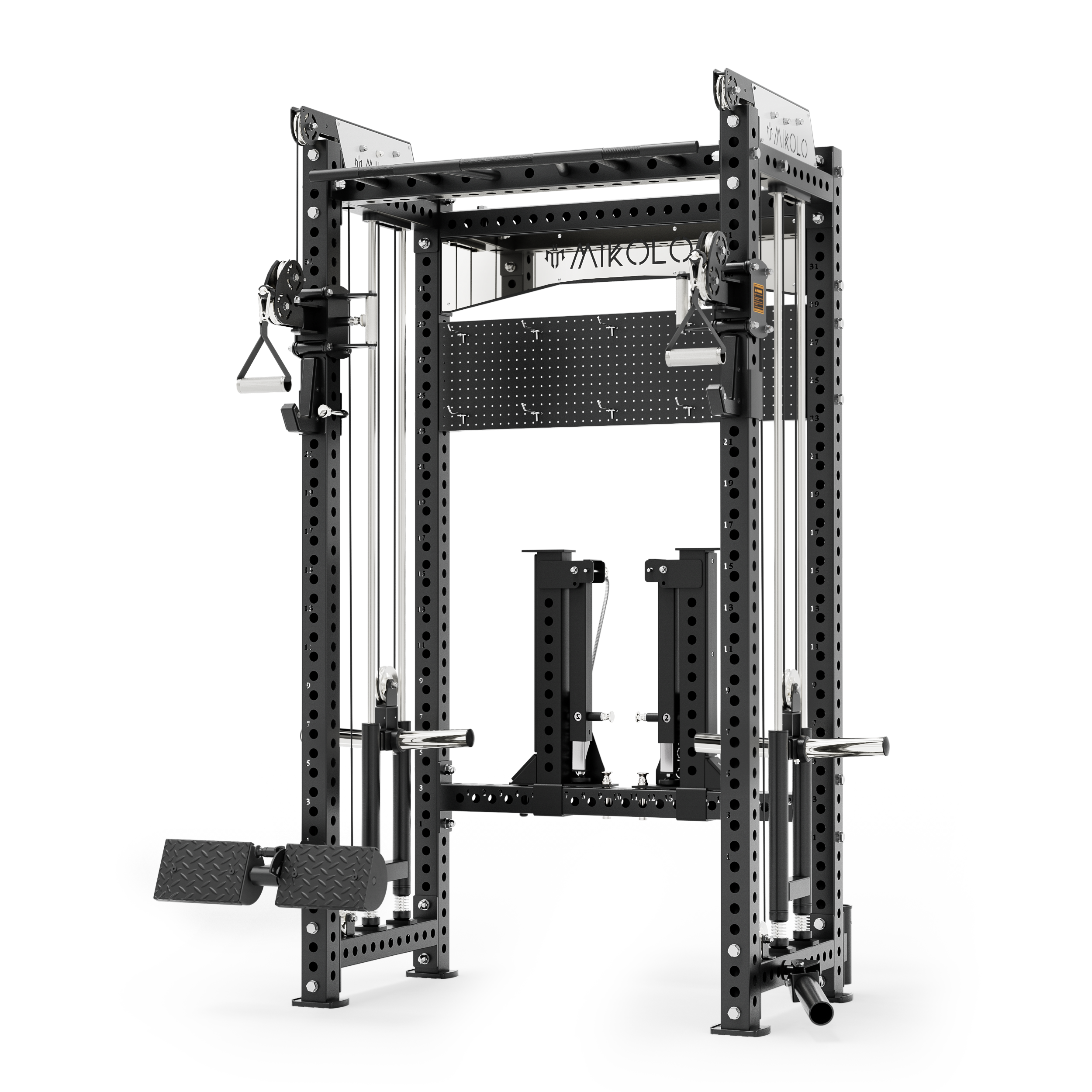


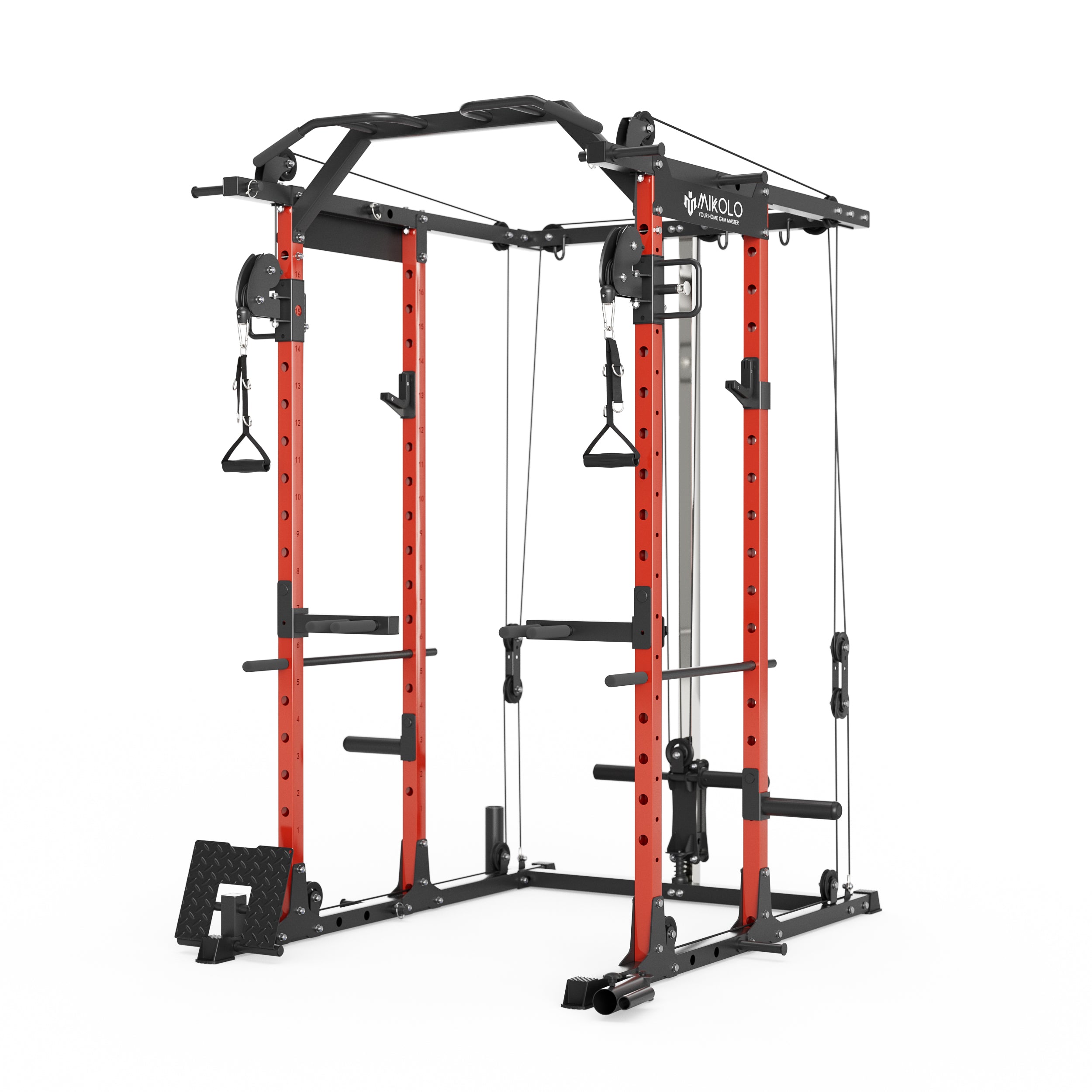
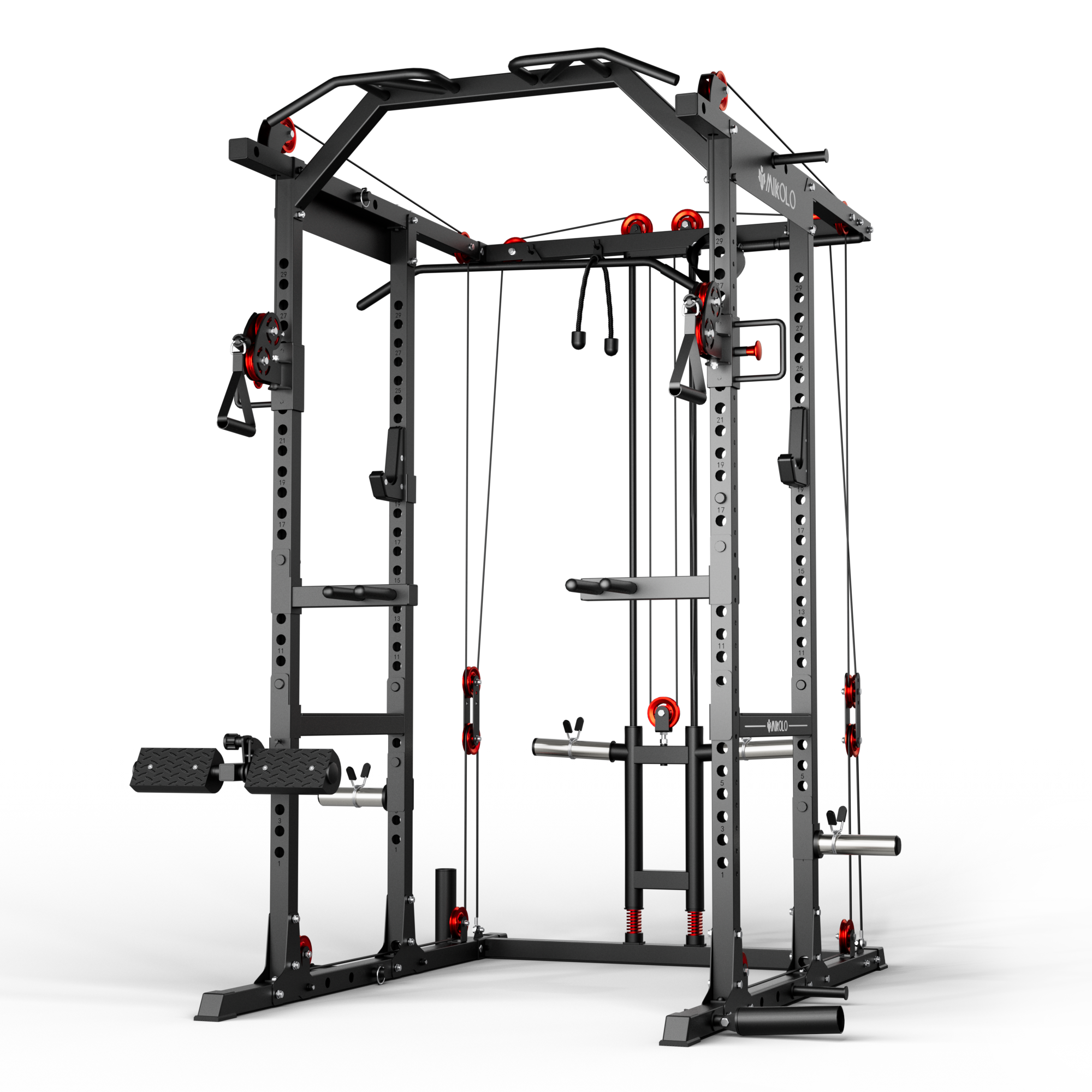



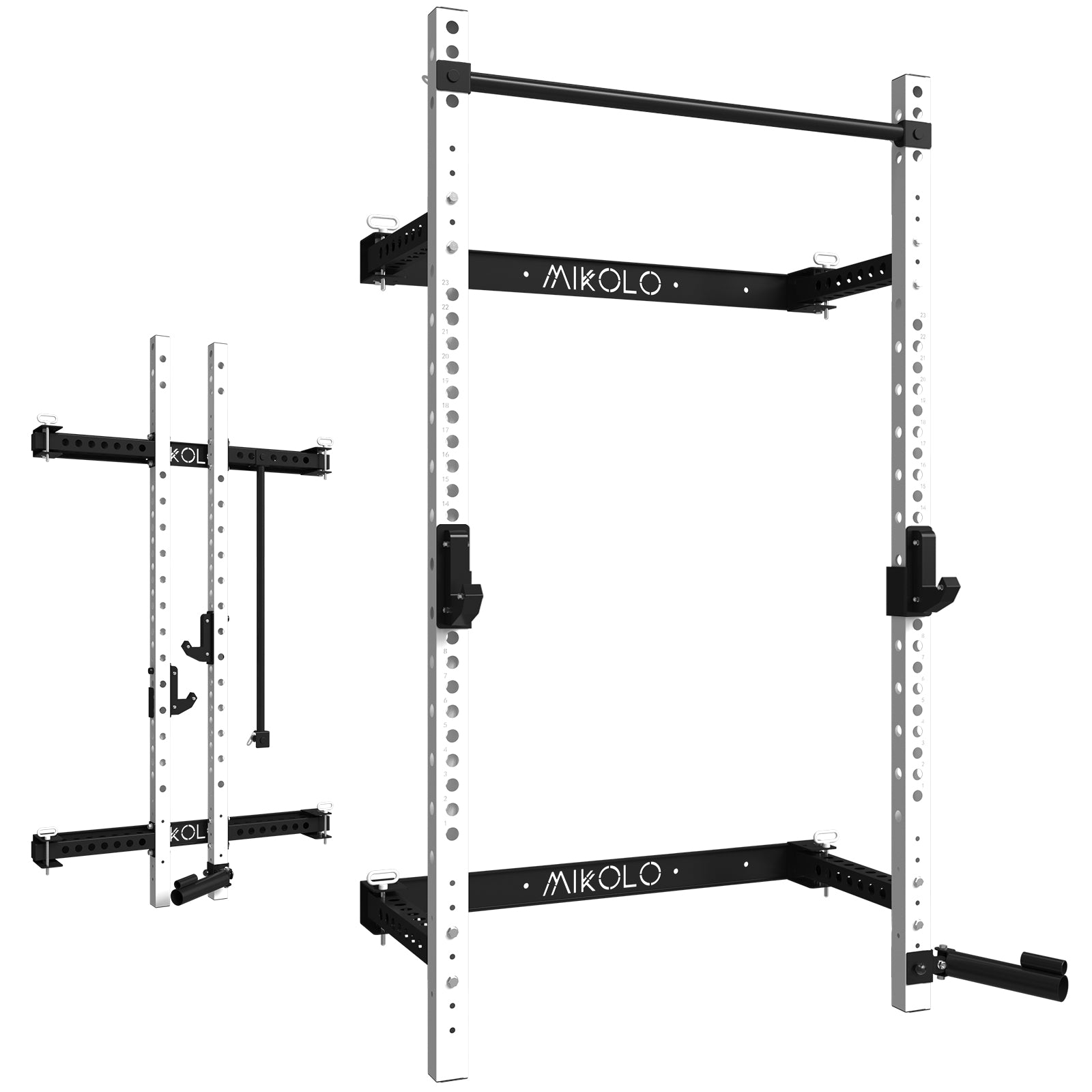

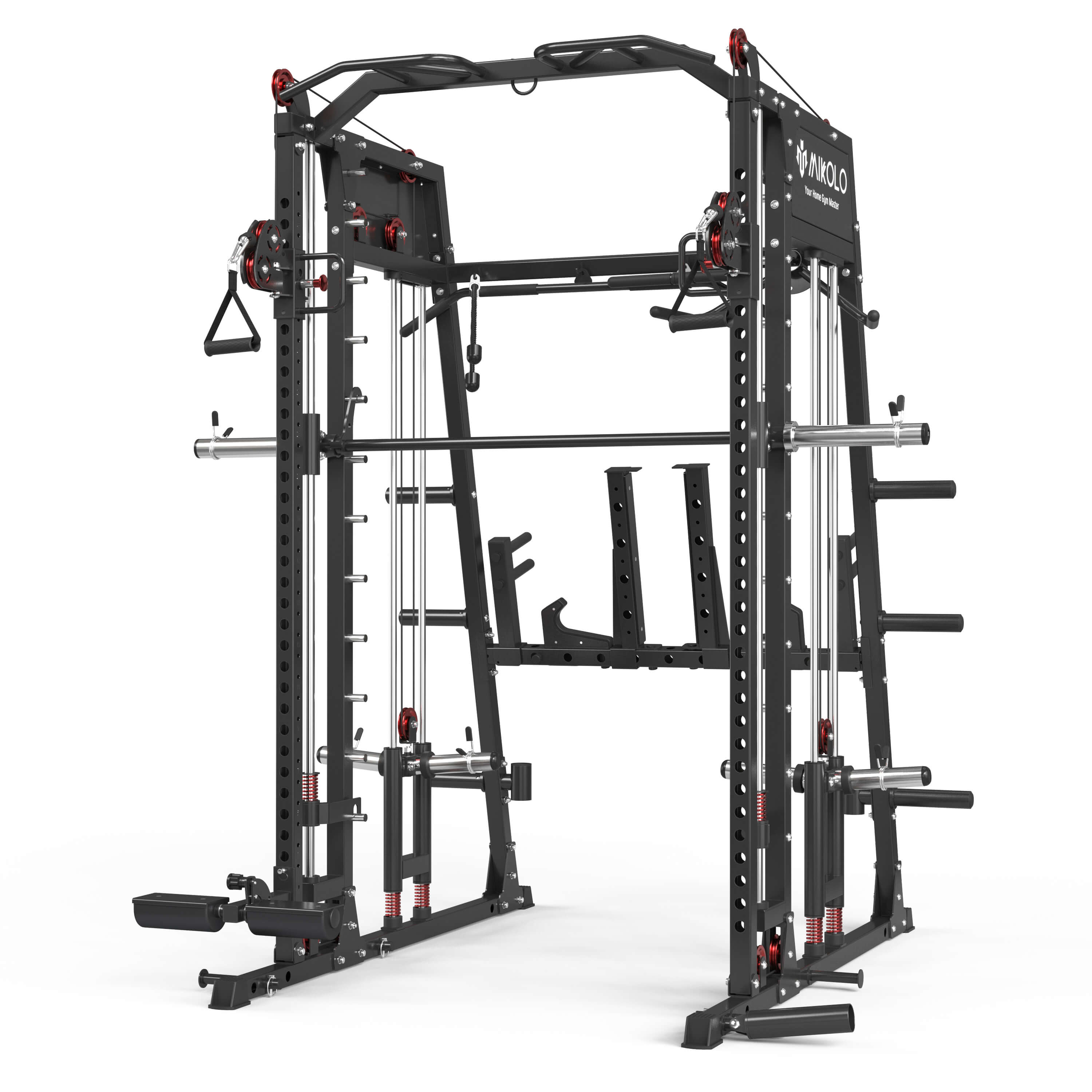
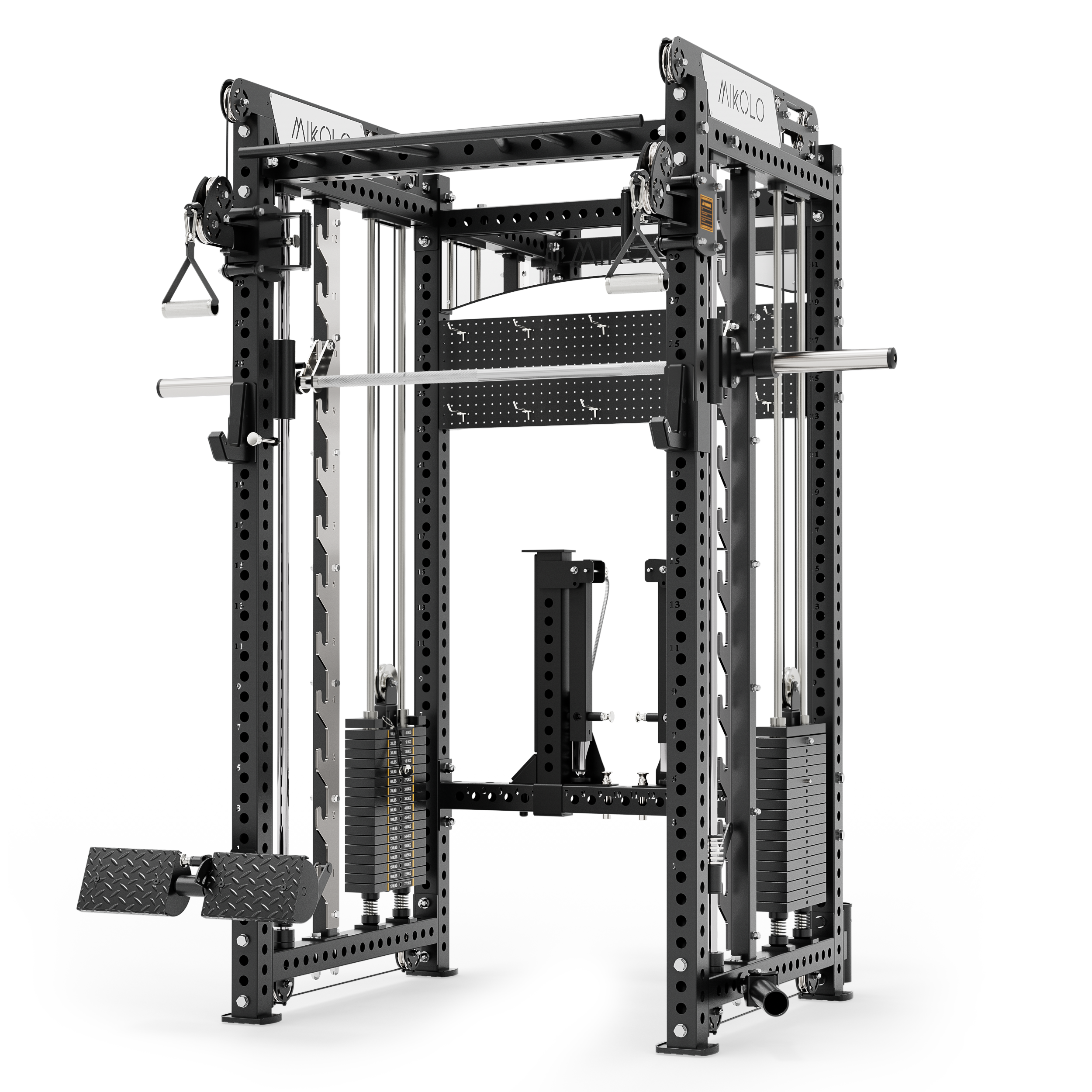
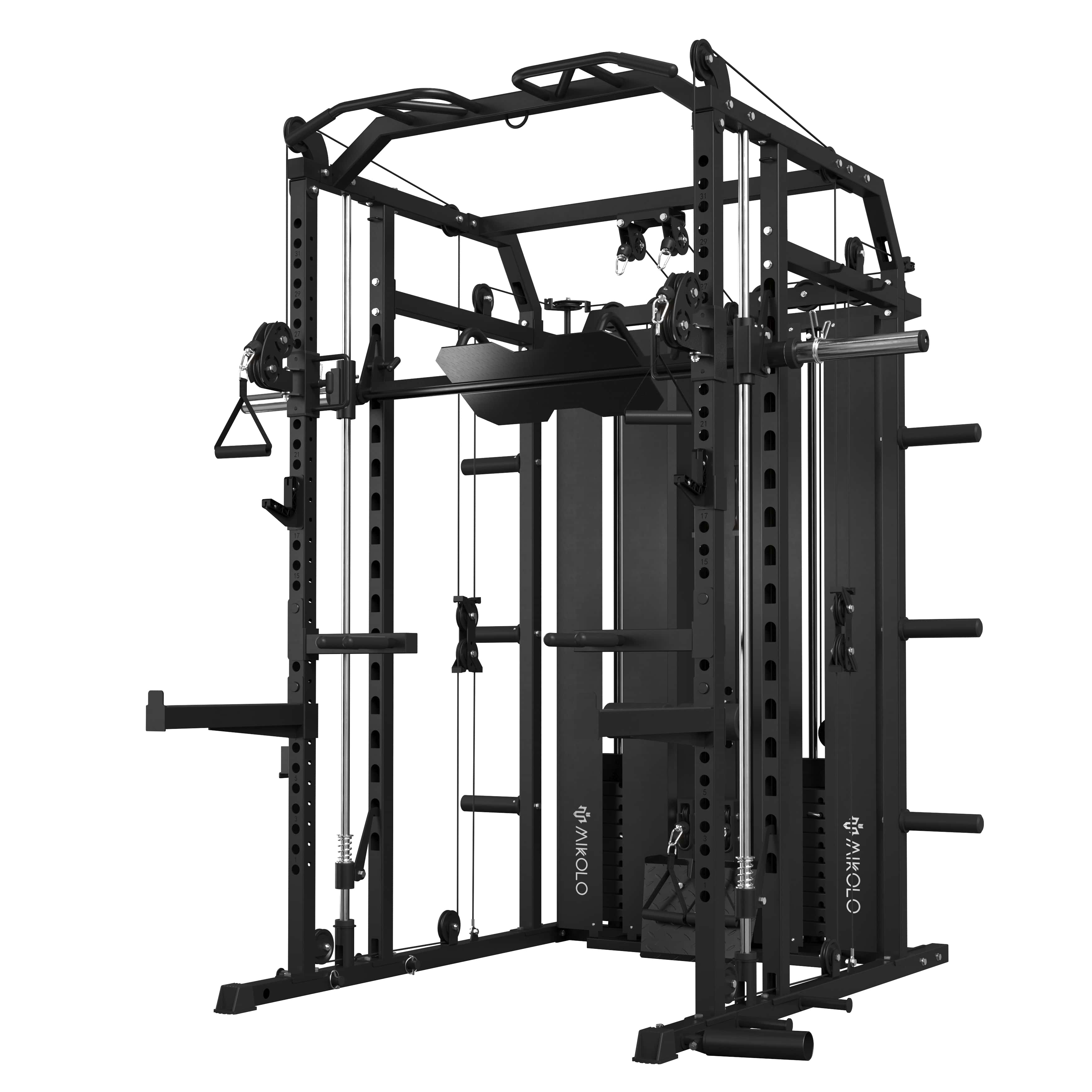




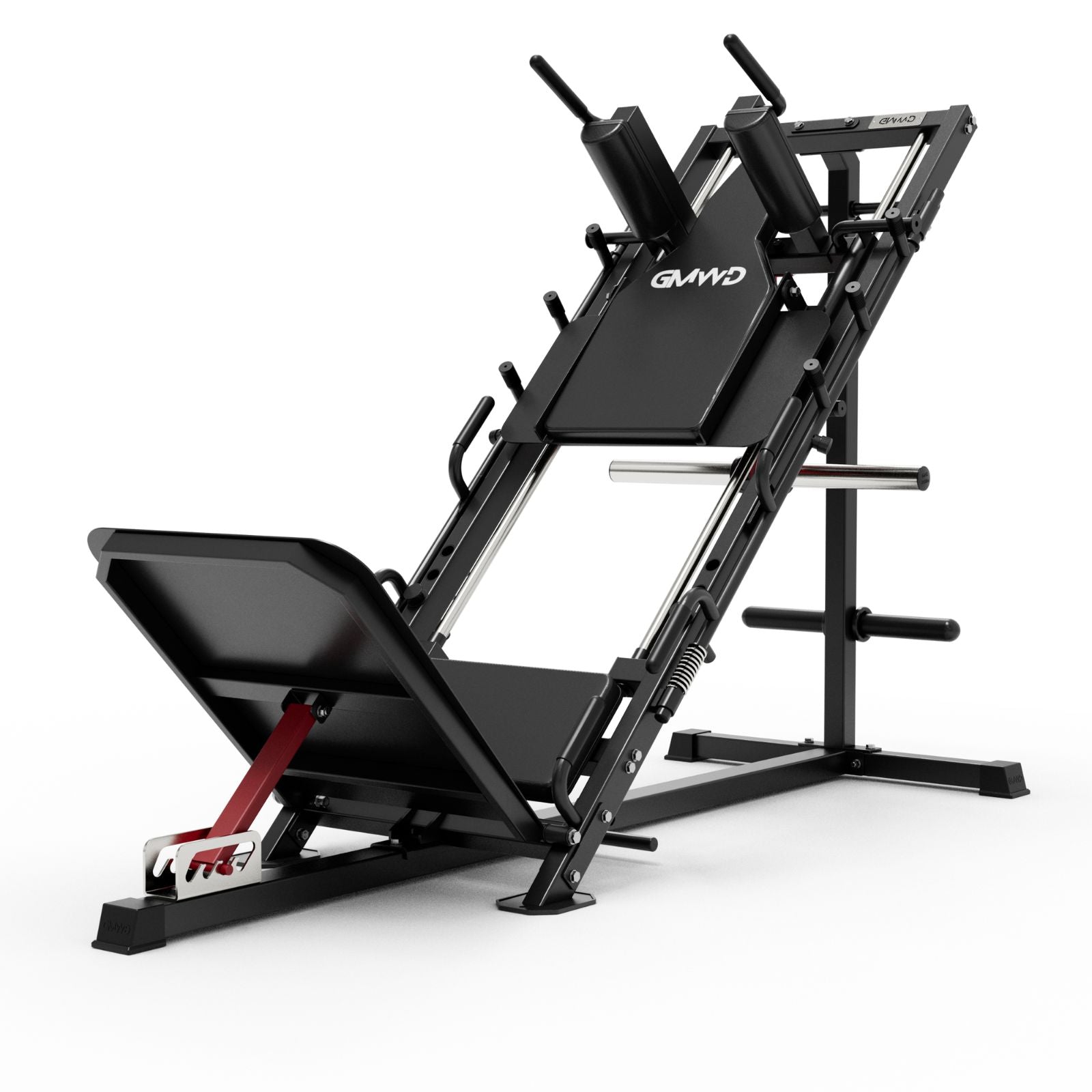


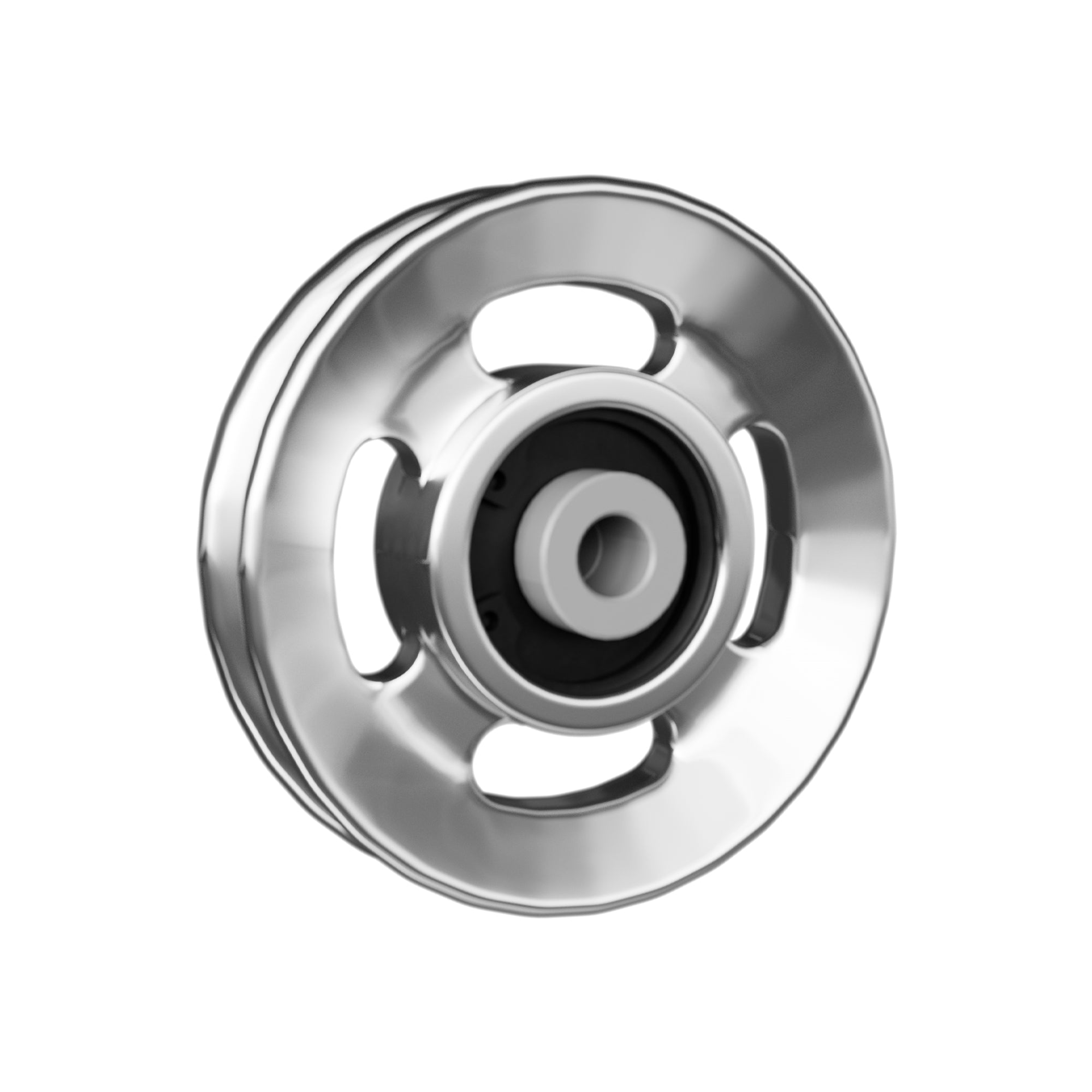


















Leave a comment
This site is protected by hCaptcha and the hCaptcha Privacy Policy and Terms of Service apply.